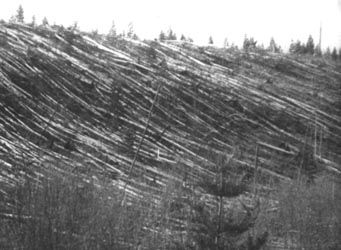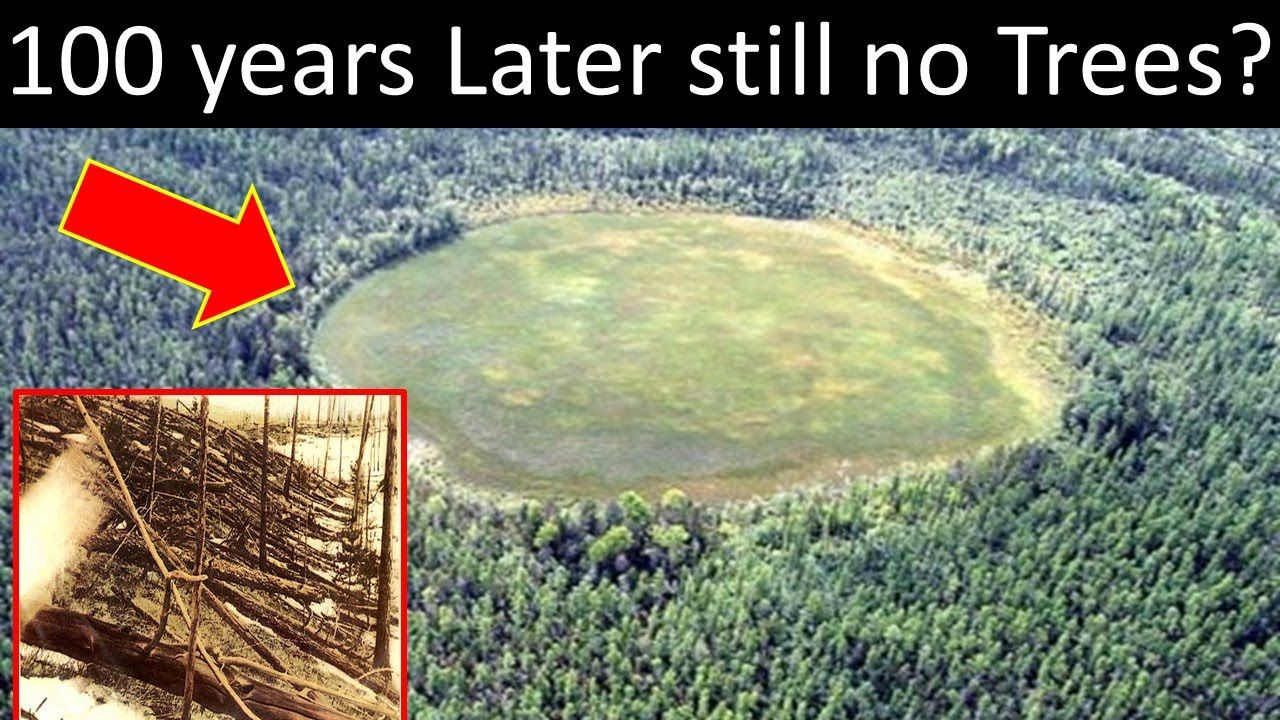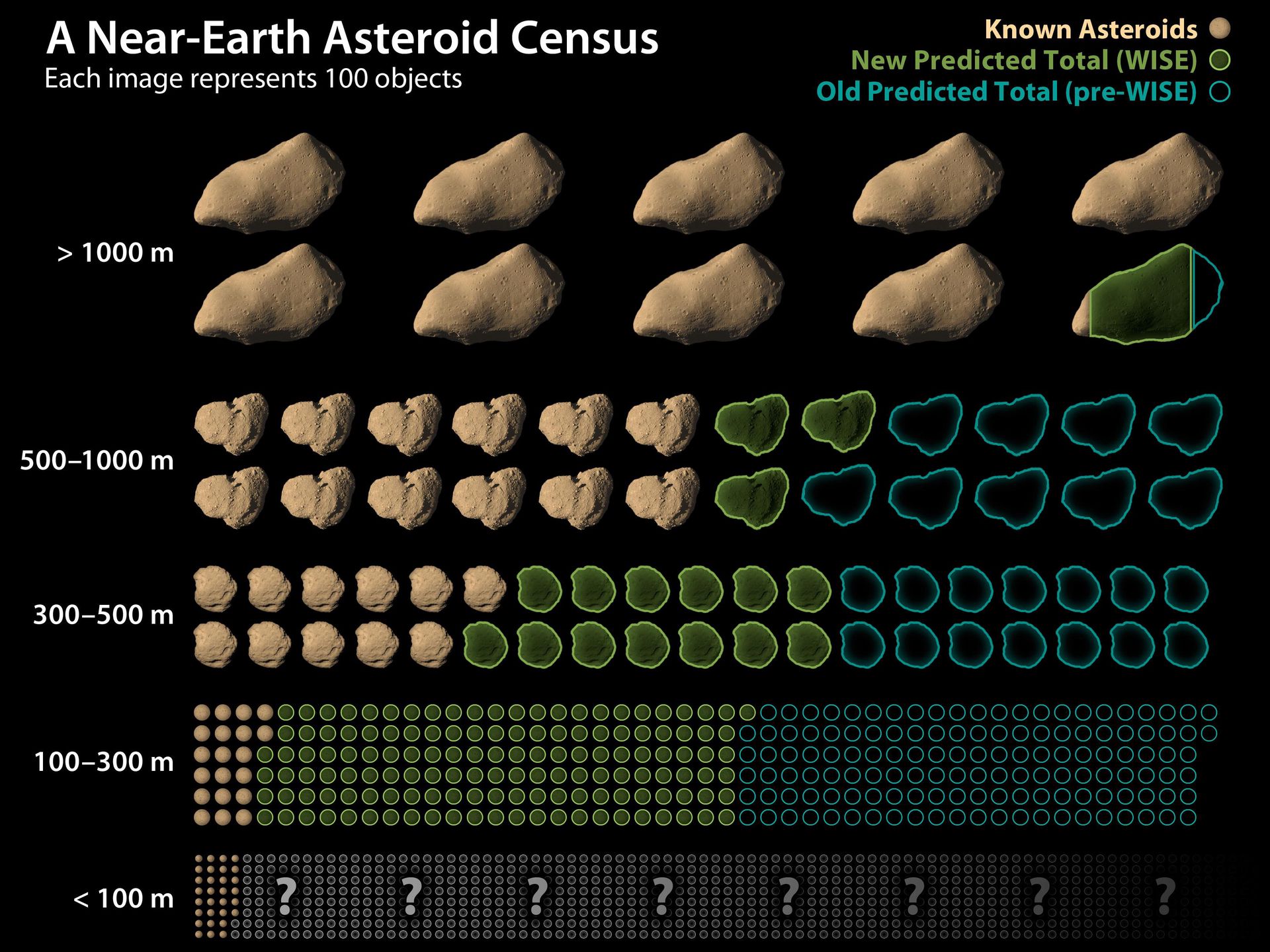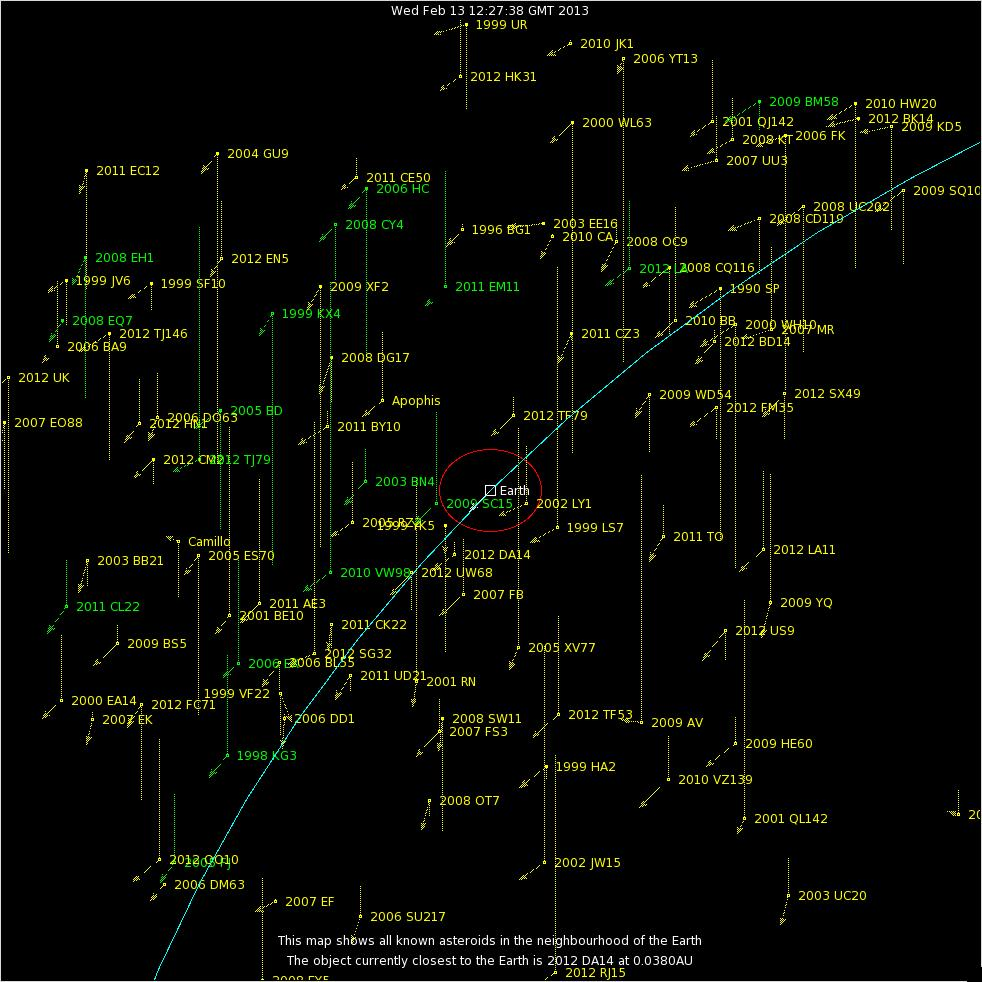Death from the Sky
Death from the Sky
Do you remember the meteor that exploded over Chelyabinsk, Russia on February 15, 2013? It caused quite a bit of damage from the airburst of the explosion, injuring 1,491 people, mostly from glass fragments and building debris. What was so special about this incident is that there were several good videos of the meteor's flash across the sky and its subsequent explosion.
Well, it turns out that the people in Chelyabinsk were lucky. That meteor had a mass of 12,000 to 13,000 metric tons and was traveling at 60, 000 to 69,000 kilometers per hour. It exploded at 29.7 kilometers above the surface and generated a blast that was equivalent to a 400-500 kiloton nuclear explosion. If this meteor had entered the atmosphere at a steeper angle it would have killed people within a huge area.
The worst thing about this is that no one knew it was coming. It came from the day-side of the planet and it appeared at the same time that another large meteor, 367943 Duende, came within 27,700 kilometers of the Earth. They knew about that one.

Remember the Tunguska event in 1908. That meteor was the equivalent of a 10-16 megaton nuclear weapon and blew tress down fora thousand square miles. Fortunately, it exploded above a virtually uninhabited area of Siberia.

These meteor collision events occur every 80 to 100 years and it's only a matter of time until one of these fireball meteors hits a populated area and wipes out a million people. What's needed is a better way to not only detect these meteors that cross the Earth's obit, but also a way to deflect them.

These meteors are actually asteroids, which are those big rocks that orbit the sun in the asteroid belt between Mars and Jupiter. There are millions of these planet killers out there. They've been orbiting the sun for 4.5 billion years and minding their own business until another meteor gets wonky and collides or bumps one of them. This causes its orbit to change sending it into a path to the sun, which means that it will cross Earth's orbit.

It doesn't take much to cause a serious problem. So far these smaller rocks have not caused any serious damage, but a Tunguska type rock could destroy an entire city. A 10-kilometer sized rock could cause an extinction event. Those devils are out there and they cross Earth's orbit all of the time.
NASA has done a good job of tracking these killers from space, but what's needed is a plan to divert a large asteroid from colliding with Earth. We're not going to be able to rely on Bruce Willis every time.
What really surprises me is the fact that not that long ago no one paid attention to this problem. I suppose they simply hoped or prayed that nothing would happen. It's just like Chicken Little.
Thanks for reading.
Bạn đang đọc truyện trên: Truyen247.Pro